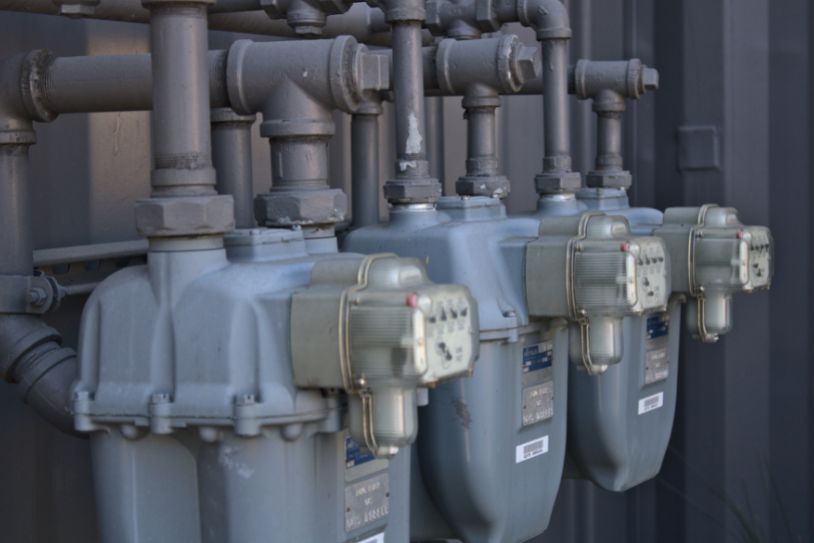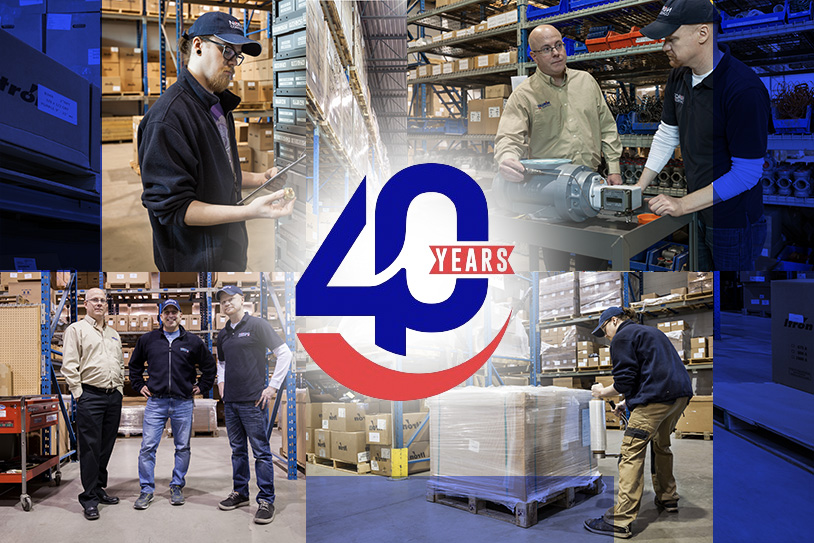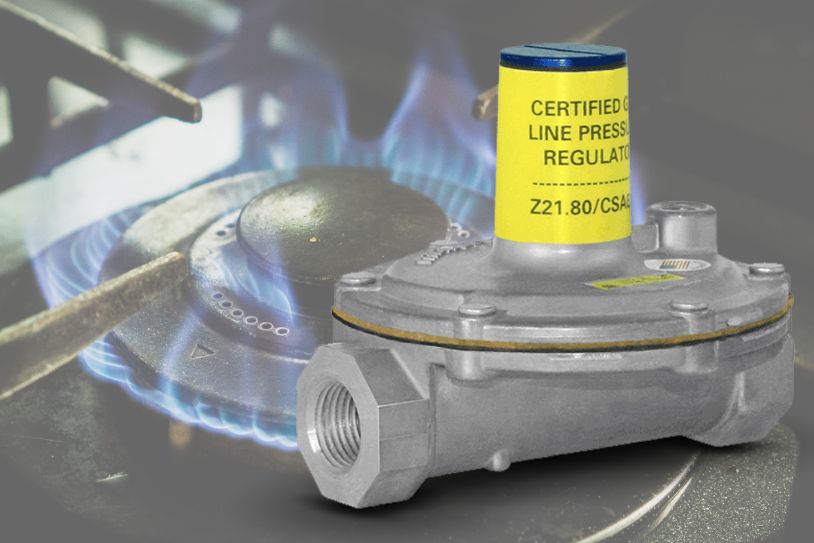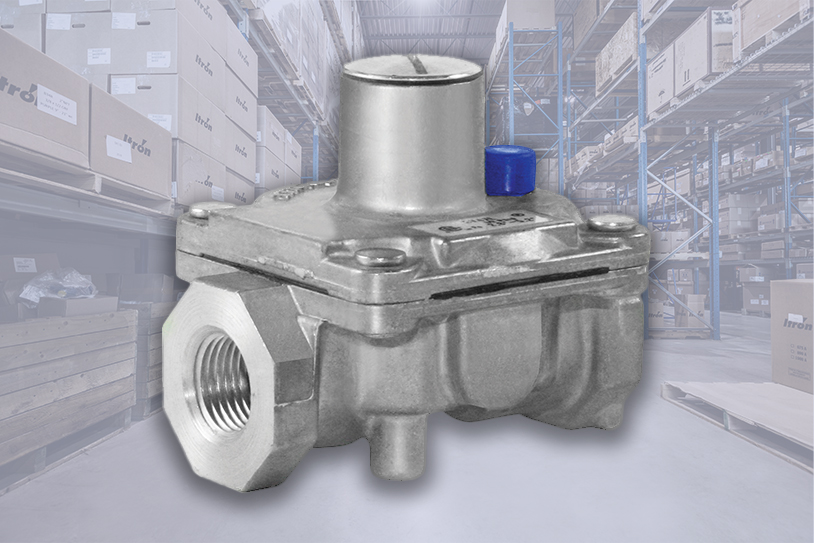What to Consider When Selecting a Gas Meter for Your Application

Metering devices are crucial for controlling gas flow in residential, industrial, and commercial settings. With the many gas meter models currently on the market, choosing a meter that suits your application can be exhausting and confusing. Nonetheless, there are common aspects that should be considered when shopping for a gas meter to get the right one.
The main factors that should guide your gas meter selection include:
- Application
- Required Load/Capacity
- Pipe Size
- Gas Line Pressure
- Installation Constraints
- Long-term maintenance
Below, we examine each of these factors in more detail.
Application
When choosing a gas meter, you should consider why you need it. Do you want to measure fuel gas volume? Is it for industrial, commercial, or residential use, or do you need a solution to measure custody transfer? You also need to consider the accuracy level, repeatability, flow rate, fluid temperature, pressure, gas type, and location of your meter. There are several types of gas meters, including differential pressure, motion mechanics, positive displacement, thermal dispersion, variable area, and velocity-based meters, each suited for different applications.
Positive displacement-based meters like diaphragm meters and rotary meters work best for low-pressure systems with PSI rates of 0-100 and not more than 175, respectively. They are thus often used in domestic settings. Though they have high turndown and adequate accuracy, you will have issues with them when using wet or dirty gas because they have no moving parts. Velocity-based meters like turbine flow meters are suited for high-pressure systems with PSI ratings as high as 220.
Differential pressure-based meters like orifice meters are primarily used in industrial settings because they have no moving components, and their field servicing is easy. Rotameters, a type of variable area-based meters, are used in hazardous places with flammable gases since they need no external power and are highly resistant to damage from chemicals. They, however, have fair accuracy levels. Coriolis gas meters, a type of motion mechanic-based meters, are suited for applications requiring the highest accuracy and those with wide flow rate ranges.
Mass flow meters excel at combustion control. They are also the best for biogas, natural gas, flare gas, and energy management applications. Ultrasonic and vortex gas meters are velocity-based meters. Ultrasonic meters are primarily used in natural gas custody transfer since they excel at measuring the flow of gases and steam with high accuracy. They also measure slurry and liquids. On the other hand, vortex meters work best for accurately measuring steam or compressed air.
Required Load/Capacity
When selecting a gas meter, you should know your gas consumption rate in the area where the meter will be used. This will determine the maximum flow rate for your meter. It is crucial to match the gas meter to the capacity it is required to handle. Under-sizing the meter means that your equipment will be starved for gas and will thus not function at its maximum capacity. Moreover, the equipment will be at risk of soot buildup.
You can get the load/capacity of your gas meter on its small print, often somewhere near its readout. The number is stated in cubic meters of cubic feet per hour. You should compare this with your building’s total gas demand. This demand for each gas appliance in your property is stated in Btu/h ratings on the nameplates. Experts recommend that your maximum gas flow rate be less than 80% of your meter’s maximum capacity.
Pipe Size
The right pipe size affects the efficiency and safety of your application, so it is a crucial element to focus on in gas meter selection. A pipe’s size affects how much gas will pass through to your appliance and how much will reach the device. For instance, long pipes might initially seem ideal, but the excess length can cause lower volumetric gas flow.
When determining the perfect pipe size for your gas meter, pay attention to its nominal size, length, application, and material. Moreover, the pipe you pick should match your gas meter type. For example, small pipes are used with diaphragm meters, while large ones work with turbine meters.
Gas Line Pressure
The gas line pressure depends on your gas meter type and its usage. Diaphragm meters, for instance, are often used in low-pressure applications and can endure maximum pressures of 1.5 bar. On the other hand, turbine meters are the leading options in the industrial sector and heavy commercial applications. These can withstand line pressures of up to 6 bar.
Installation Constraints
Like in real estate, the location of your meter is a significant consideration when choosing it. Will your meter be installed outdoors where it is exposed to different elements or installed in a controlled location? Are there space constraints you should take into account? Some gas meters need a lot of straight pipe stretches for accurate flow readings. For instance, if your pipe is 2’’ in diameter, you need about 20’’ after and before your meter for accurate readings. Moreover, you should keep in mind whether you are vertically or horizontally mounting the meter. Variable flow meters, for instance, are primarily reliant on gravity, so they should be installed vertically.
When considering location, pay attention to the environmental conditions and available infrastructure in your installation space as well. Typically, sites with no or minimal electrical interference, vibrations, and magnetic fields are ideal for maximizing the performance of a gas meter. The ideal site should also have no electric or pneumatic power nearby because this might cause explosions. Moreover, installing your gas meter in places with a lot of condensation, such as in direct rain, may cause inaccurate readings and eventually corrode the meter.
Long-Term Maintenance
One of the elements that will impact your ownership of a gas meter is its long-term maintenance needs and expenses. You need a regular inspection of the meter by a qualified inspector to ensure it is in optimal condition and reduce repair costs. You should also factor in the costs of periodic repairs, which are often higher for meters with many moving parts and those in hard-to-access areas.
Conclusion
With the information provided in this article, you now have a better understanding of the importance of knowing all the factors that will affect the selection of the proper gas meter for your application. Remember that even when you factor in the long-term maintenance needs, pipe size, required load/capacity, installation constraints, gas line pressure, and application of your meter, there are still pros and cons of specific meters to consider. The selection of a gas meter that perfectly fits your needs might thus not be so straightforward, even when you know the elements that should guide you.
If you need help selecting the right gas meter for your application, do not hesitate to contact the experts at Norgas. We offer a variety of gas meters for all types of applications, so you are sure to find one that meets your needs.





